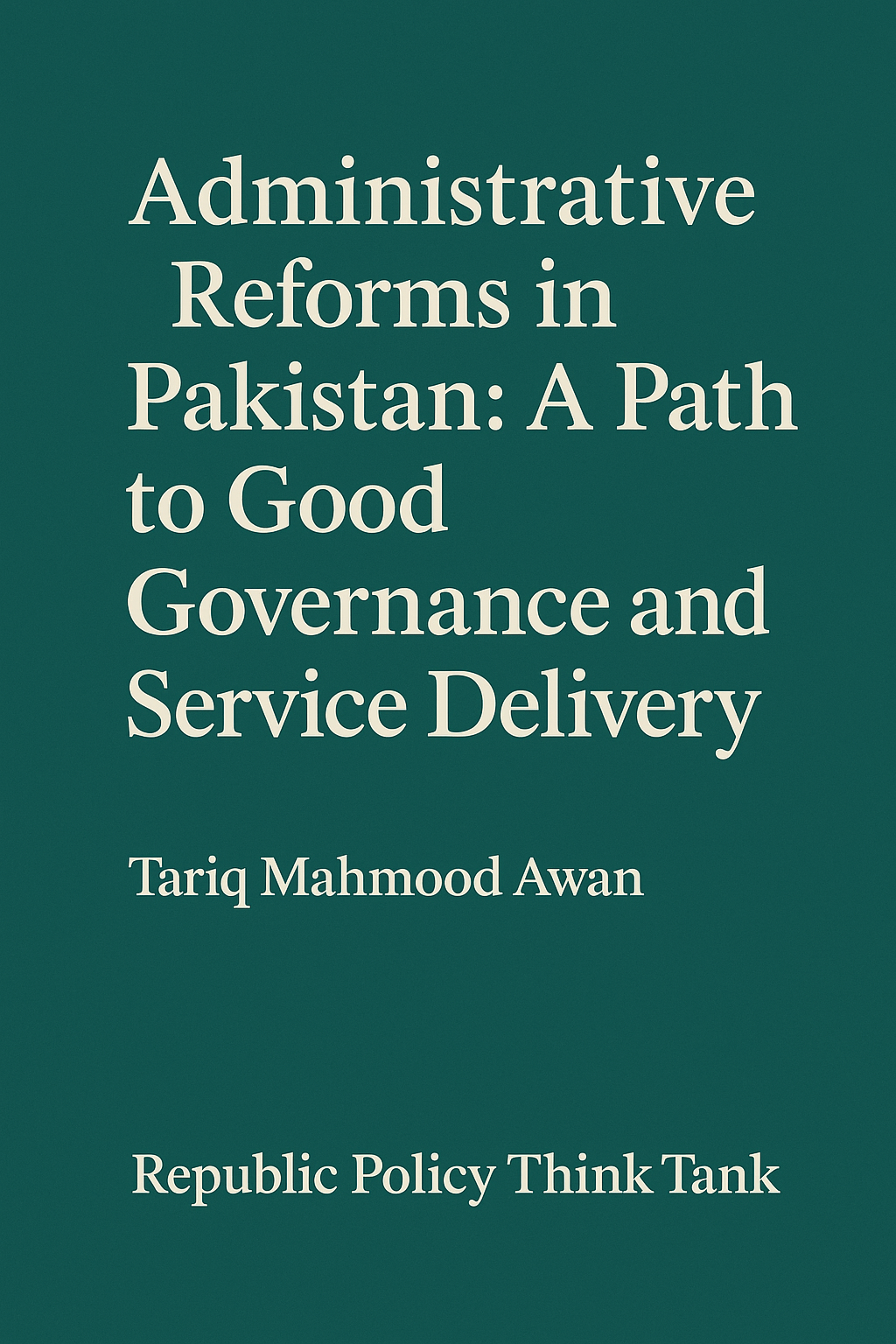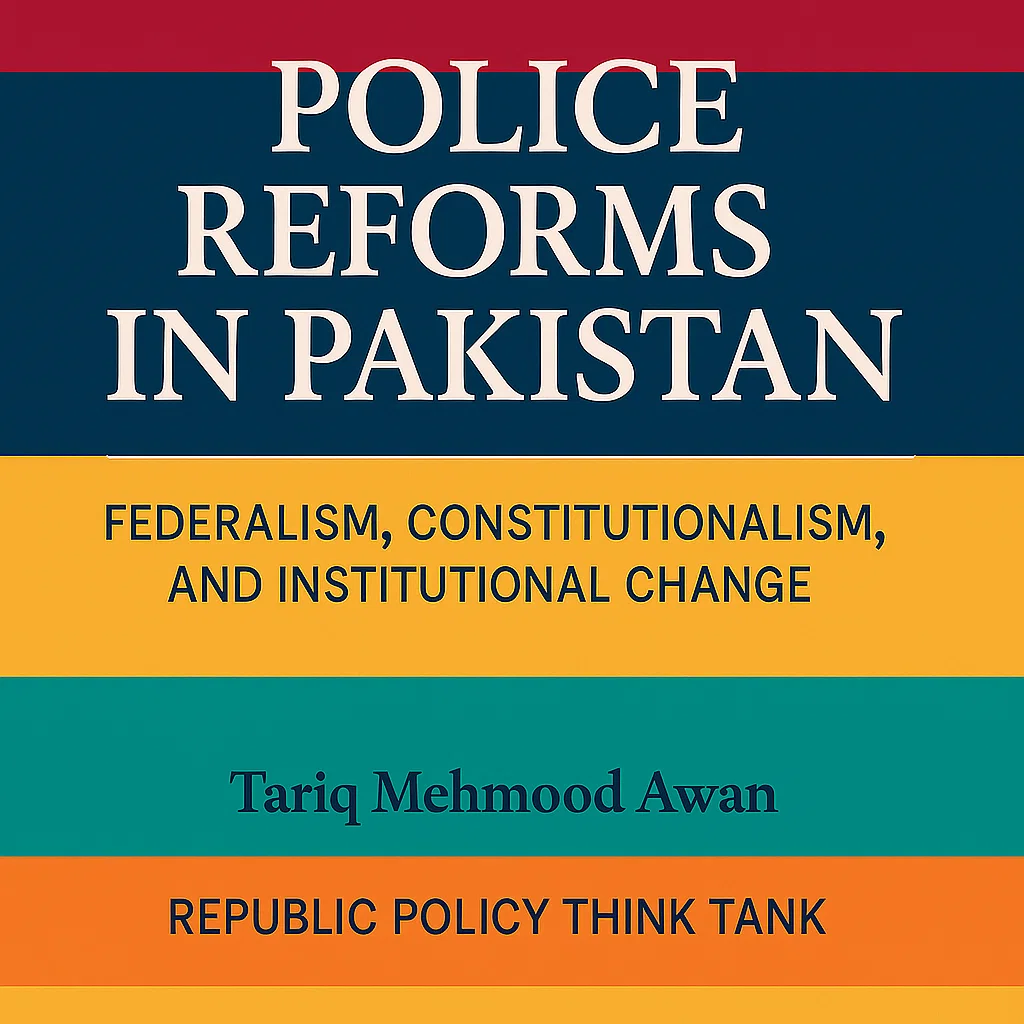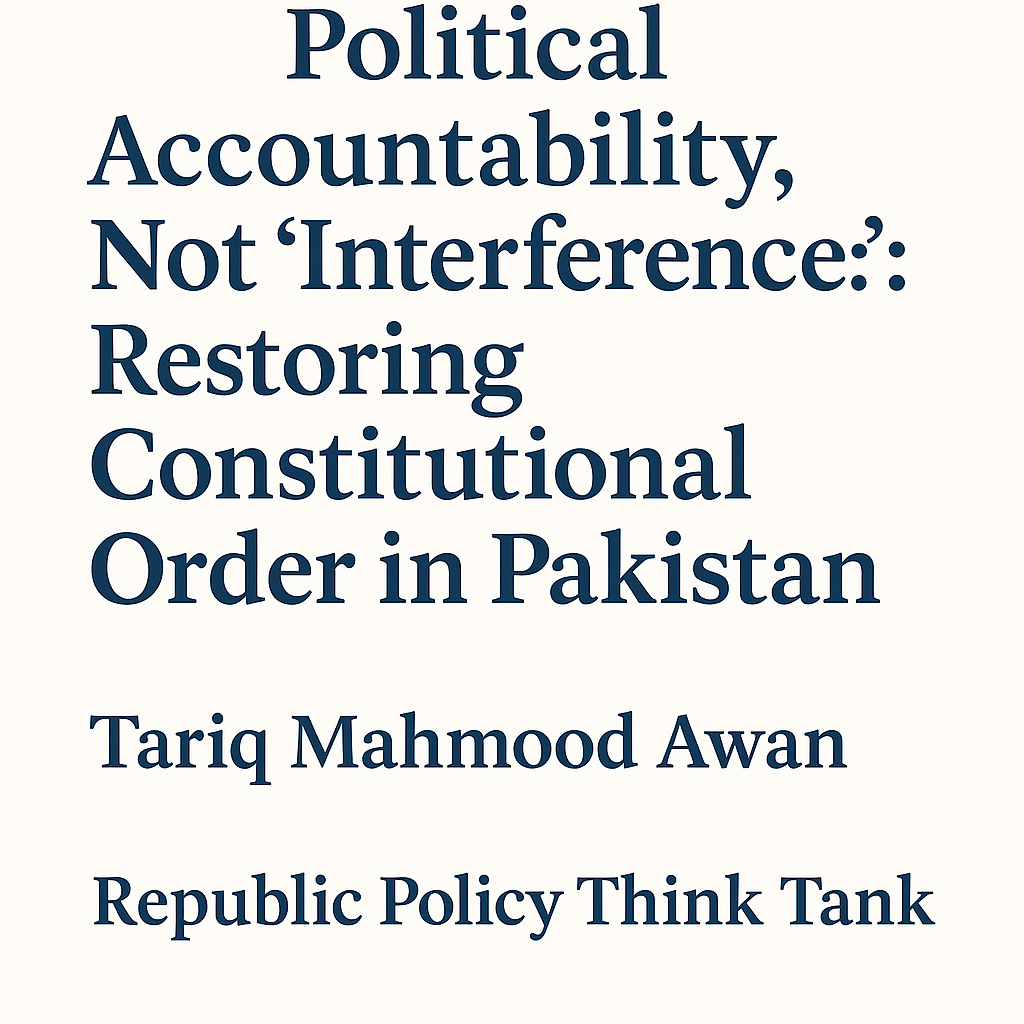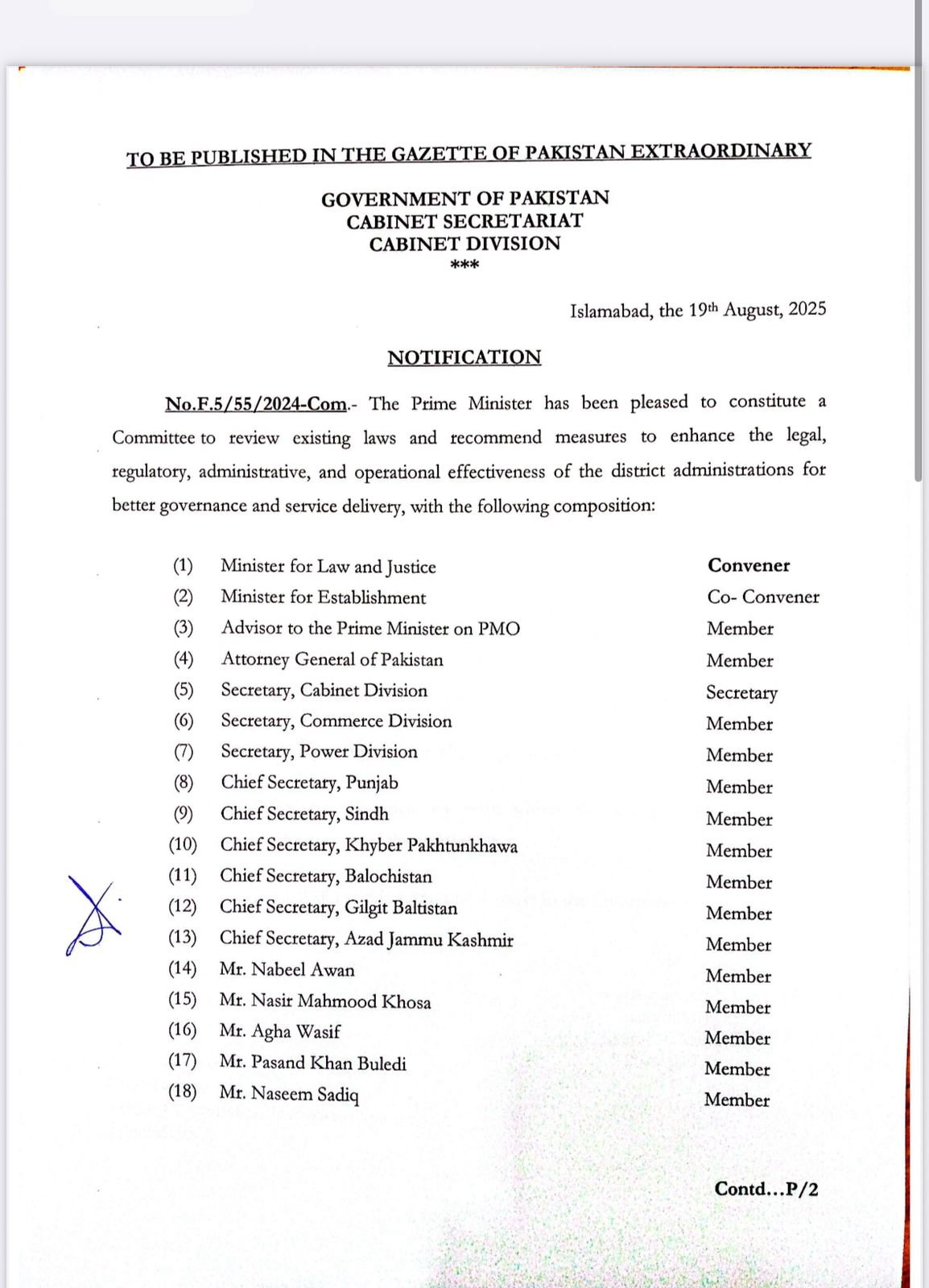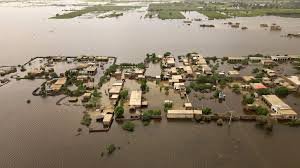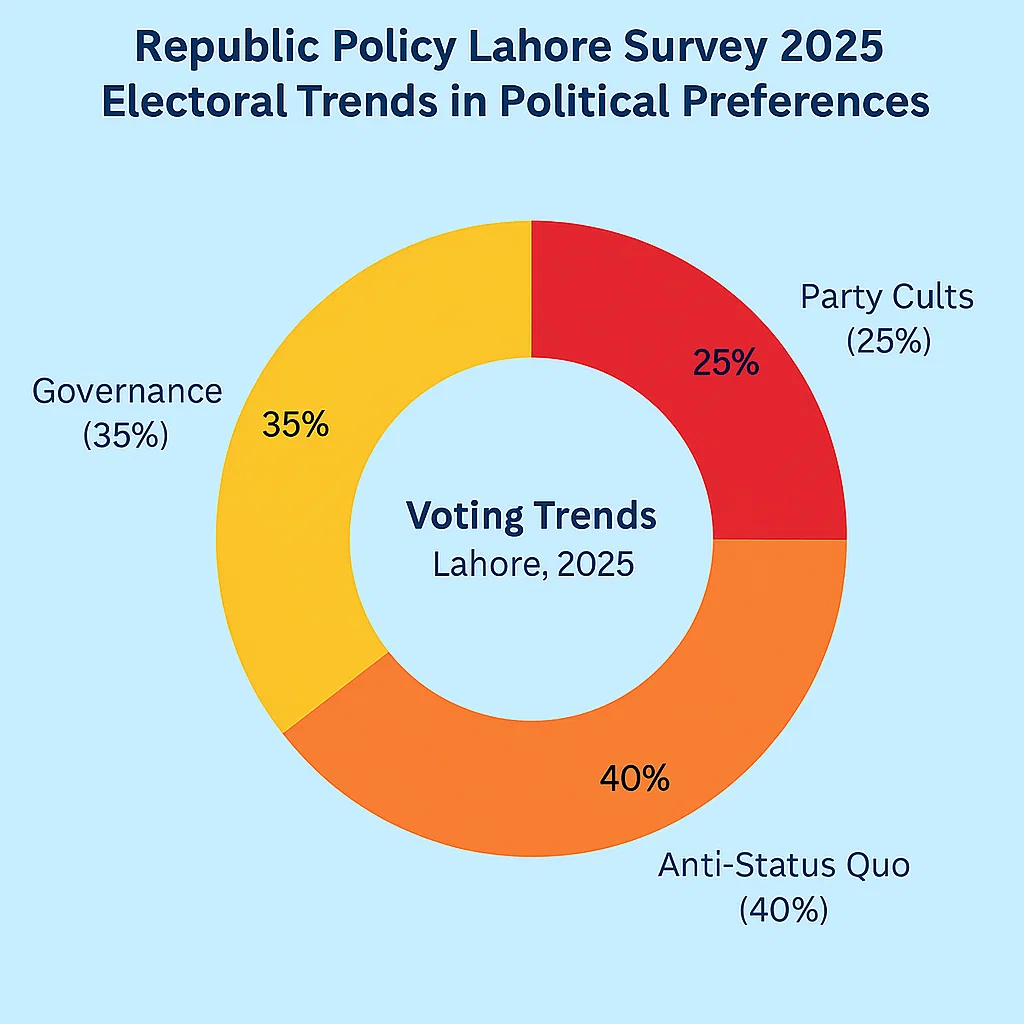Haroon Assad
Sheikh Hasina Wazed, a renowned Bengali politician and leader of the Awami League political party, has had a monumental impact on the political landscape of Bangladesh. Born on September 28, 1947, in Tungipara, East Pakistan (now in Bangladesh), she served as the Prime Minister of Bangladesh for one term from 1996 to 2001 and then for four consecutive terms from 2009 to 2024. However, her fifth term was abruptly cut short after she resigned and fled the country following mass protests against her government in July and August 2024.
The unrest initially began with student protests demanding reforms in the civil service job selection process. Although the protest demands were largely met, they soon escalated into an anti-government movement, ultimately leading to widespread calls for Hasina’s resignation by early August. Subsequently, on August 5, Bangladesh’s army chief confirmed her resignation, and an interim government was announced.
This period of turmoil, deeply rooted in Hasina’s family history, is a testament to her resilience. As the daughter of Sheikh Mujibur Rahman, a key figure in Bangladesh’s independence, who was assassinated in 1975, Hasina herself spent several years in exile. However, she returned to Bangladesh in 1981 as a prominent advocate for democracy, often facing house arrest for her outspoken views.
Hasina’s political career has been marked by alternating leadership with her political opponent, Khaleda Zia. Despite facing challenges such as economic growth and political disarray during her first tenure, Hasina became the first Prime Minister to complete a full five-year term. However, subsequent elections were marred by unrest, allegations of fraud, and political turmoil, leading to alternating leadership between Hasina and Khaleda.
Pl subscribe to the YouTube channel of republicpolicy.com
During her premiership, Hasina faced various challenges, including dealing with the influx of Rohingya refugees from Myanmar and allegations of suppressing the opposition. The government’s handling of the Rohingya crisis received both praise and criticism, while concerns grew about the administration’s treatment of the opposition and its leader, Khaleda.
The 2024 general elections and the subsequent boycott by the main opposition led to accusations that Hasina had turned Bangladesh into a one-party state under her authoritarian rule. The elections resulted in a landslide victory for the Awami League, further intensifying concerns about the political landscape under Hasina’s leadership.
Overall, Sheikh Hasina Wazed’s political career has been characterized by a complex interplay of family history, alternating leadership, and challenges related to governance and democracy in Bangladesh.
The resignation of Sheikh Hasina Wazed, former Prime Minister of Bangladesh, and the ensuing events have brought to light the simmering discontent over her rule and the future of the country. In early July 2024, mass protests erupted, fueled by dissatisfaction with Hasina’s increasingly authoritarian governance, high unemployment rates, and allegations of government corruption. The initial unrest stemmed from peaceful student protests against affirmative action in civil service jobs, particularly in relation to quotas favoring relatives of veterans from the Bangladesh Liberation War. The protesters contended that the quotas, reinstated by the High Court, unfairly benefited supporters of the ruling Awami League. While the Supreme Court subsequently scaled back the quotas, the protests evolved into a broader anti-government movement as clashes between Hasina’s government and protesters escalated.
The government’s use of military and police forces, imposition of curfews, restrictions on Internet access, and mass arrests failed to quell the demonstrations, resulting in escalating violence and loss of life. On August 4, a single day saw over 90 fatalities, contributing to a total death toll of at least 300. Responding to mounting pressure and mass civil disobedience, Hasina resigned and fled the country on August 5, seeking temporary refuge in India with potential plans to seek asylum abroad.
Following Hasina’s resignation, General Waker-uz-Zaman, Bangladesh’s army chief, announced plans to form an interim government and called for peace. However, reports of looting at the prime minister’s official residence and the toppling of statues of Hasina’s father, Sheikh Mujibur Rahman, followed the resignation. President Mohammed Shahabuddin Chuppu convened with defense heads and opposition political parties, ordering the release of detained protesters and opposition leader Khaleda Zia. Amid calls for the dissolution of parliament and the appointment of renowned economist Muhammad Yunus to lead the interim government, Yunus was subsequently appointed as the head of the interim government.
While the army chief pledged to investigate the protester deaths, the country faces a challenging road ahead as it grapples with political instability and civil unrest. Concerns regarding the potential for military rule and the safety of religious and ethnic minorities have arisen, prompting neighbouring countries like India to closely monitor the situation in Bangladesh.
The rise and fall of leaders in third world countries often reflects a complex interplay of factors such as political turmoil, governance challenges, and societal unrest. These leaders frequently face a multitude of obstacles, including economic instability, corruption allegations, and human rights abuses. Many initially rise to power with promises of positive change and progress, only to be met with widespread discontent and opposition as their tenures progress. The eventual downfall of such leaders is often marked by mass protests, accusations of authoritarianism, and calls for their resignation. The aftermath of their resignation or removal from power can lead to periods of uncertainty, with concerns about political instability, violence, and the potential for military rule. The intricate nature of these transitions underscores the intricate challenges these countries face in achieving sustainable and transparent governance.







